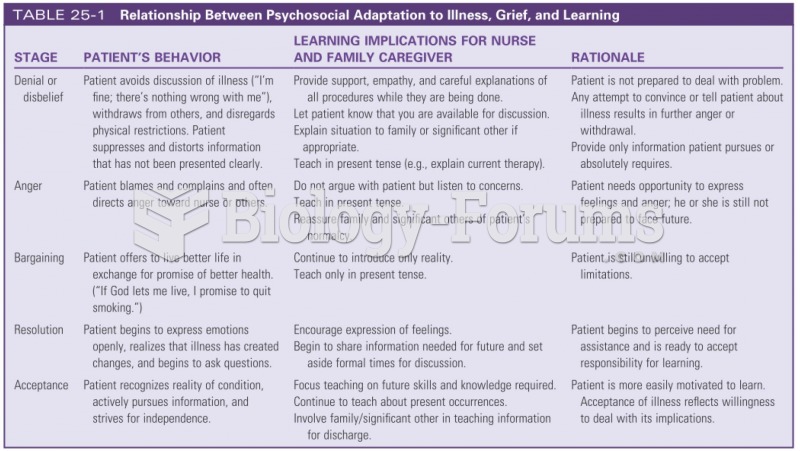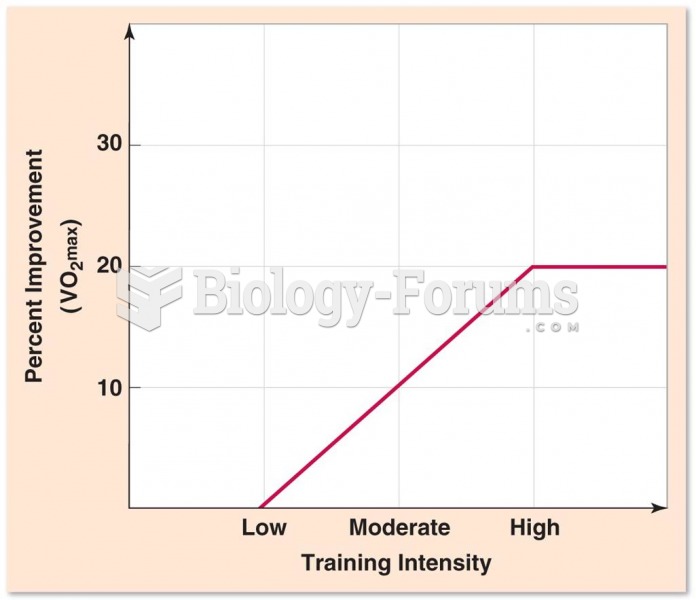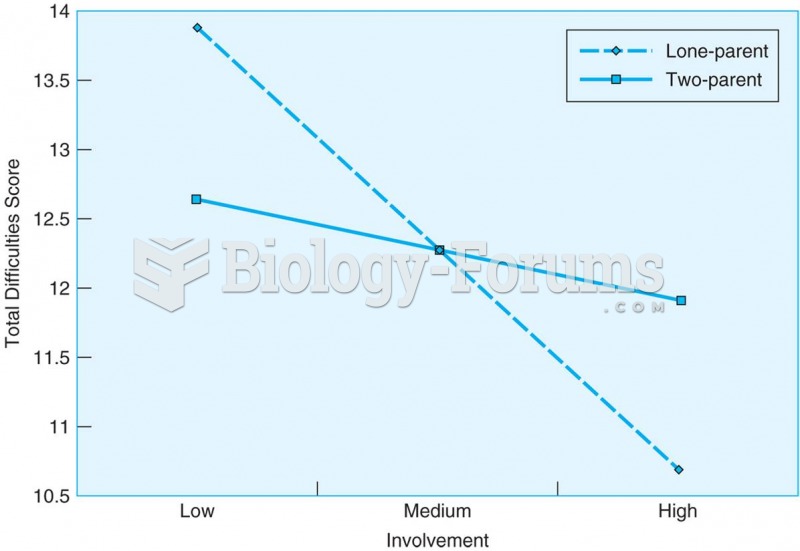Answer to Question 1
Research shows that peer-group relationships are closely tied to delinquent behaviors: delinquent acts tend to be committed in small groups rather than alone, a process referred to as co-offending. Adolescents who maintain delinquent friends are more likely to engage in antisocial behavior themselves.
While theoretical models suggest that membership in a law violating peer group is a key to the onset of a delinquent career, others dispute the influence of peers on delinquency. They point to research showing that kids may overestimate their friend's deviant behavior and that it's this perception rather than actual peer behavior that influences delinquent choices.
Similarly, there is evidence that the friendship patterns of delinquents is not dissimilar from those of nondelinquents. Delinquent youths report that their peer relations contain elements of caring and trust and that they can be open and intimate with their friends.
Even if an association exists it may be nonlinear and may depend on individual and environmental circumstances: Peers seem to have more influence on occasional or one time delinquents and less on chronic offenders. There is also some question whether kids choose their friends based on prior delinquent involvement. It seems that many crime involved youth choose friends who are not delinquent themselves, raising the question of whether birds of a feather really do flock together.
Though the association may be more complicated than previously thought, the weight of the empirical evidence clearly indicates that delinquent peers do have some influence on behavior.
Answer to Question 2
A







